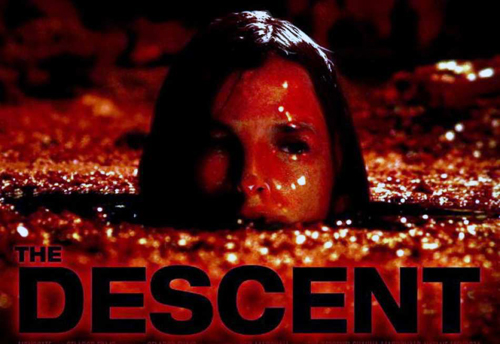Walking Up and Down in the Earth
Thursday, August 17, 2006
posted by Steve Tompkins
No getting around it; cinematic sword-and-sorcery is a world of suck. Definitional elasticity is desperately needed so that we can claim artistic successes like John Boorman’s Excalibur, John McTiernan’s The Thirteenth Warrior, and Peter Jackson’s The Two Towers for a subgenre to which they don’t incontrovertibly belong. Hell, George Miller’s The Road Warrior and Michael Mann’s The Last of the Mohicans capture more of the feel and frisson of the best sword-and-sorcery (recall the Mann movie’s endgame of inevitable, almost Iliad-ic death-duels against an impossibly dramatic backdrop with a soundtrack that is all Celtic keening and skirling) than does anything ever dumbed down and screwed up by a member of the De Laurentiis family.
So heroic fantasy aficionados usually have to settle for table-scraps and objets trouvés, an extended sequence here or the better part of a Chronicles of Riddick there. Case in point: the 2 tentacular spectaculars of kraken-on-ship action in this summer’s Dead Man’s Chest, prodigies of special effects, editing, and stuntwork, like Jackson’s Kong-versus-three-tyrannosaurs tour de force last Christmas. Davey Jones’ kraken dragging down its tall-masted prey is probably as close as we’ll ever get to the Oraycha setpieces of Karl Edward Wagner’s sorcery-and-superscience-permeated sea battle in Darkness Weaves.







